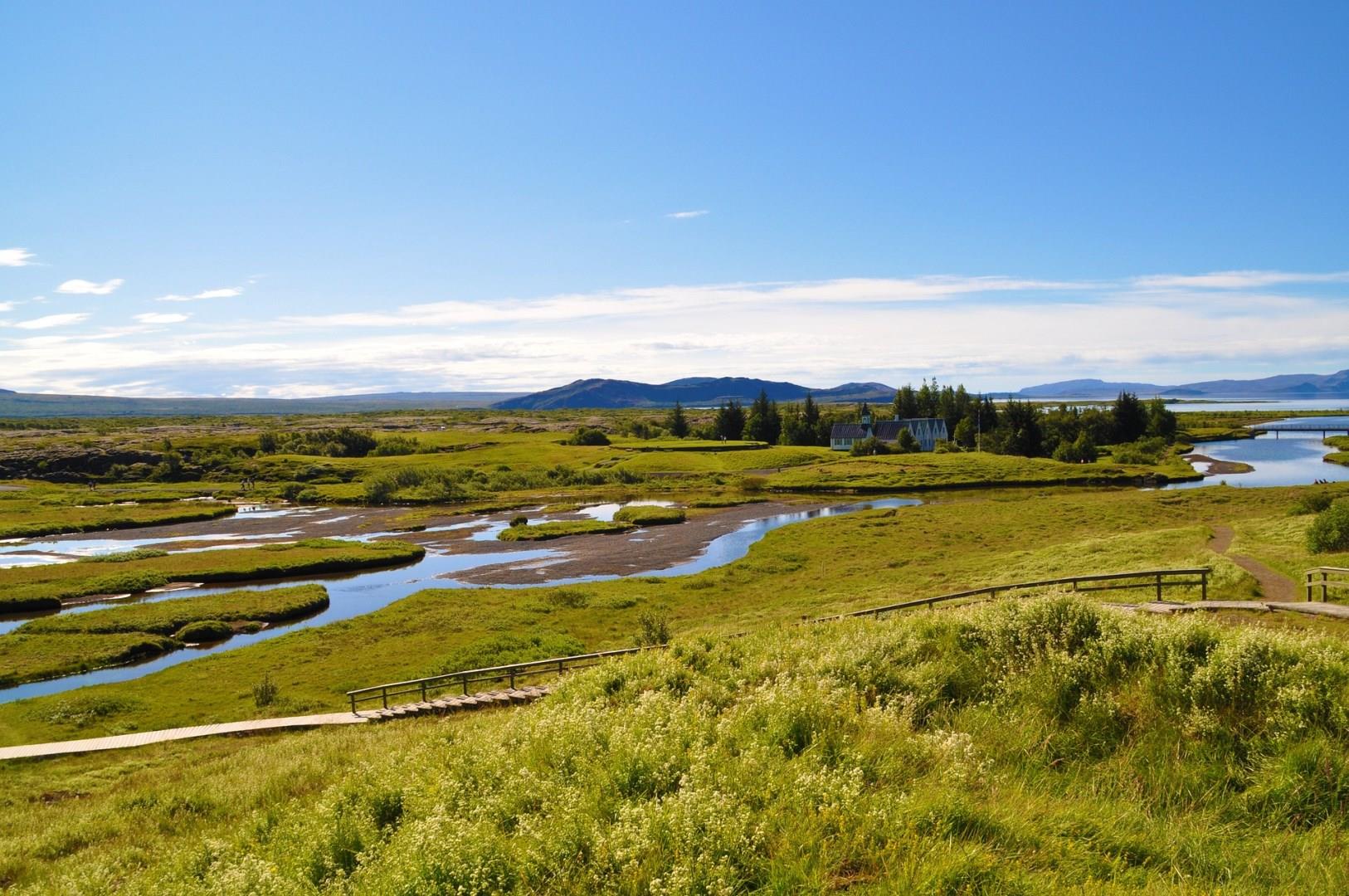

Shetland Islands
Whether exploring ancient ruins, spotting wildlife along the dramatic coastline, or simply soaking in the calmness of this unique destination, the Shetlands provide a truly extraordinary travel experience.

Bermuda
Bermuda, an archipelago located in the North Atlantic Ocean, is a picturesque island known for its stunning pink sand beaches, crystal-clear turquoise waters, and unique blend of British charm and island culture.

Nile River
The River Nile, most often associated with Egypt and its ancient civilizations, actually flows through eight other countries including Uganda, Ethiopia, Sudan, and Kenya. It is formed by two major tributaries, the White Nile and Blue Nile, and is considered by many to be the longest river in the world when measured from its source waters in Rwanda and Burundi.

Serbia
Southeast Europe country that is landlocked, and known officially as the Republic of Serbia. While not really a tourism destination, the spas and mountain resorts do draw some domestic visitors.





